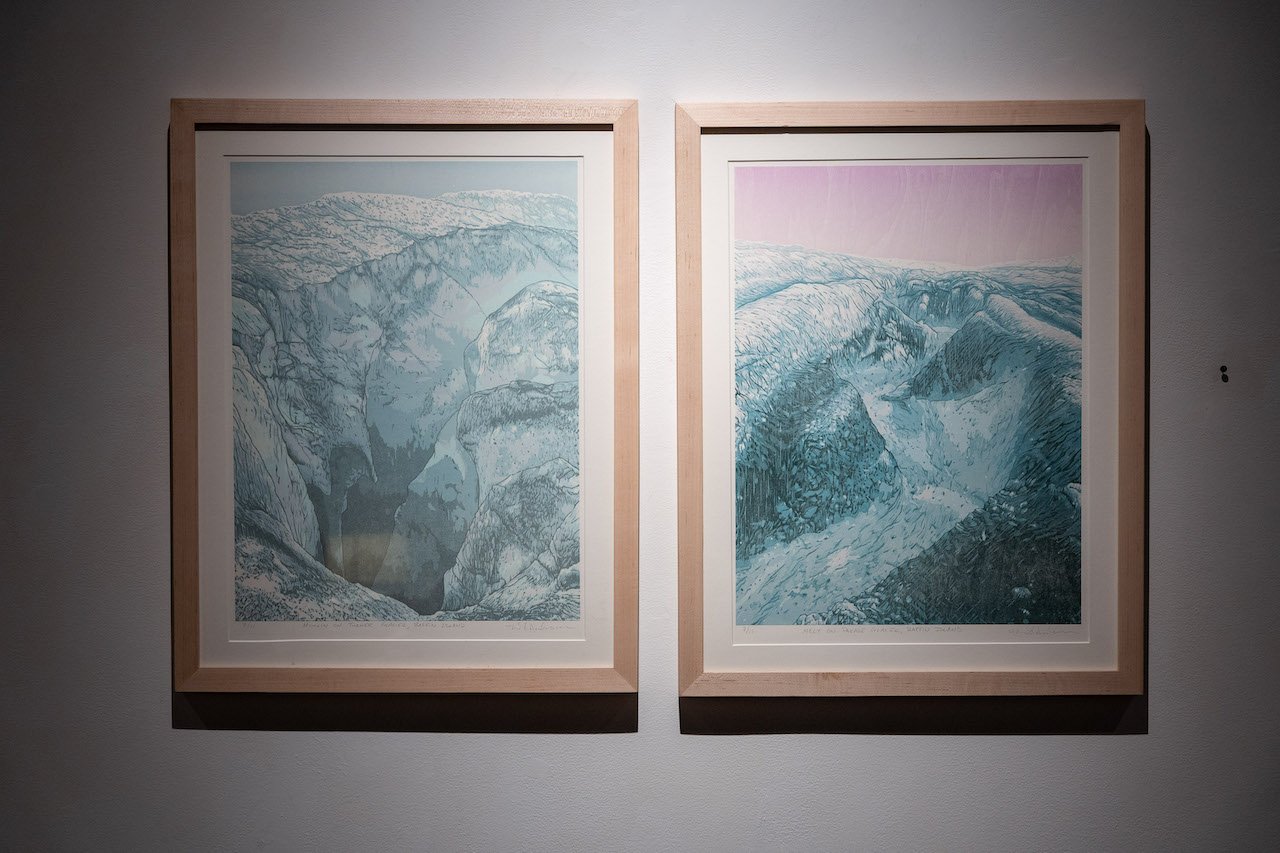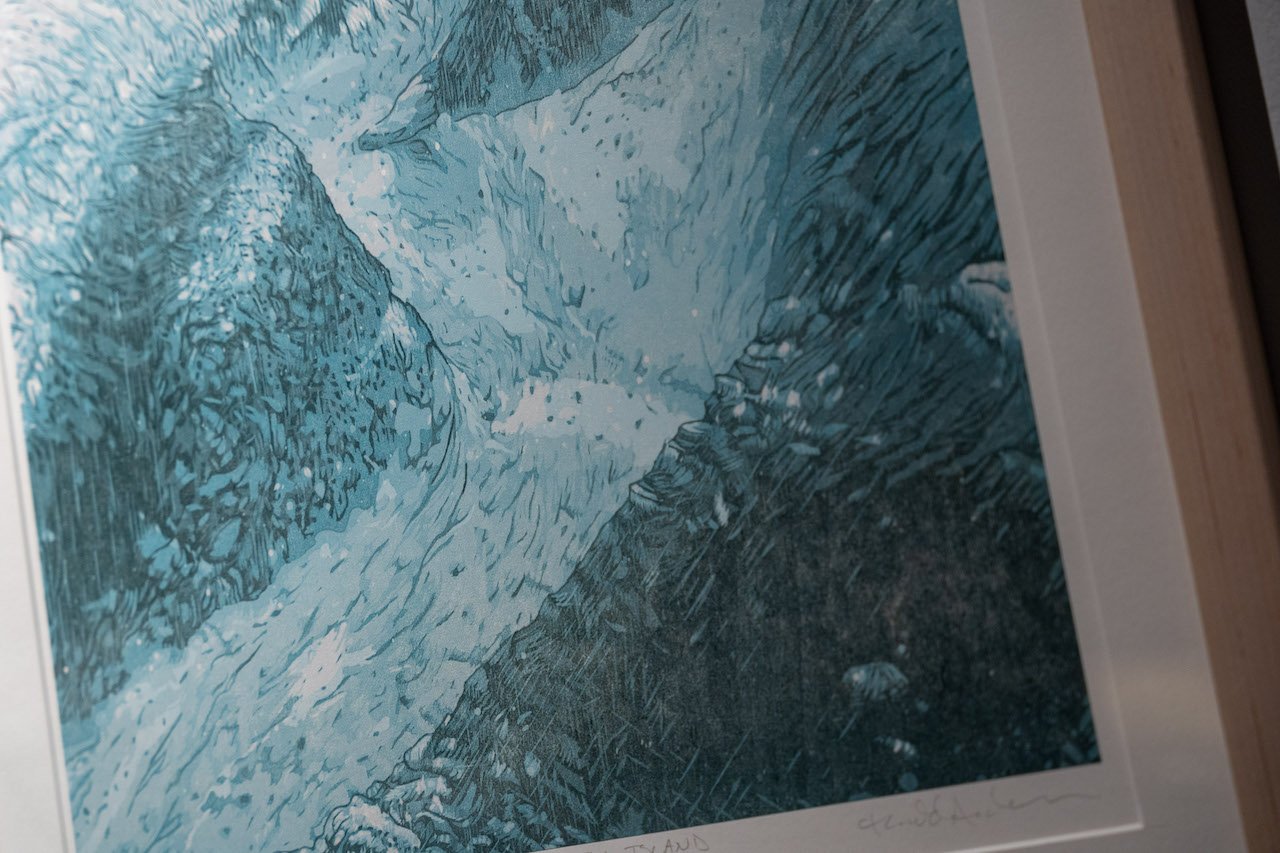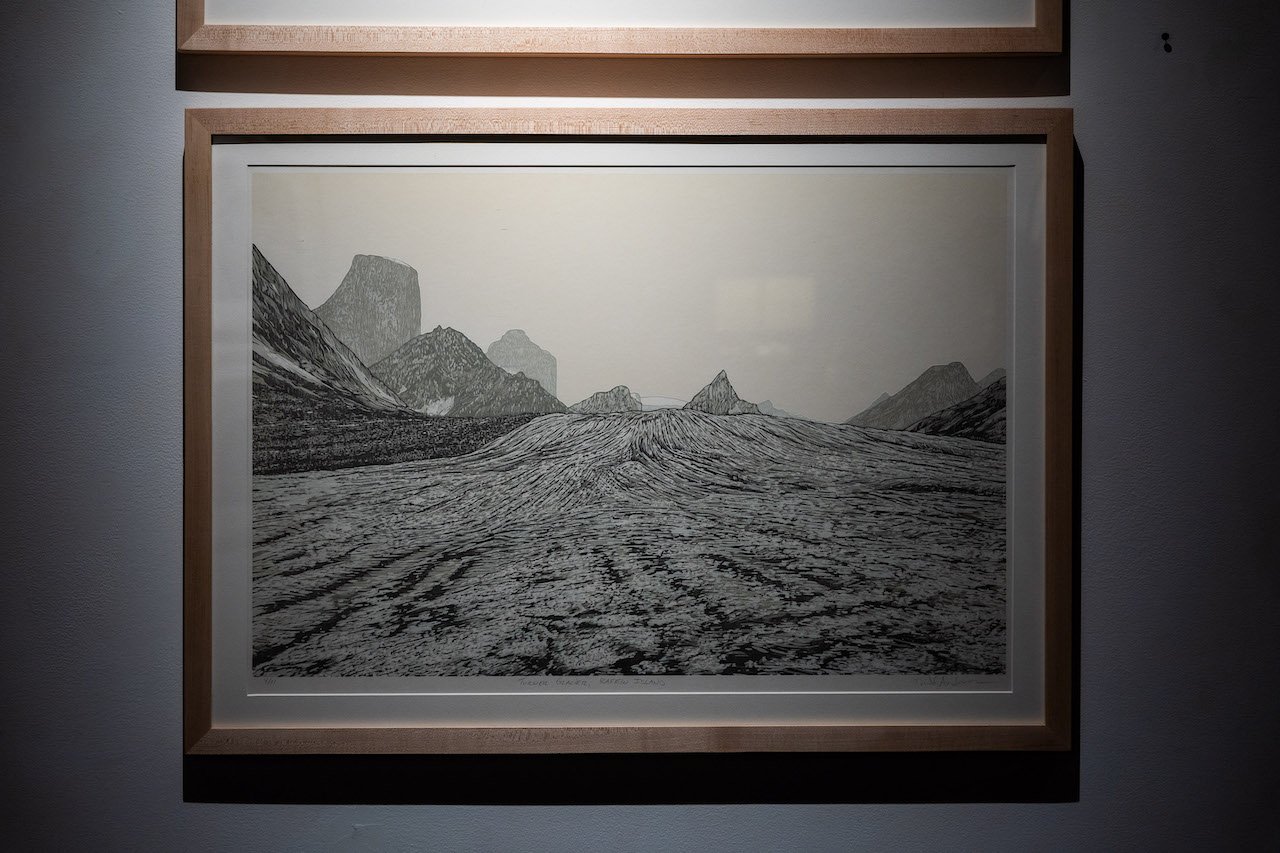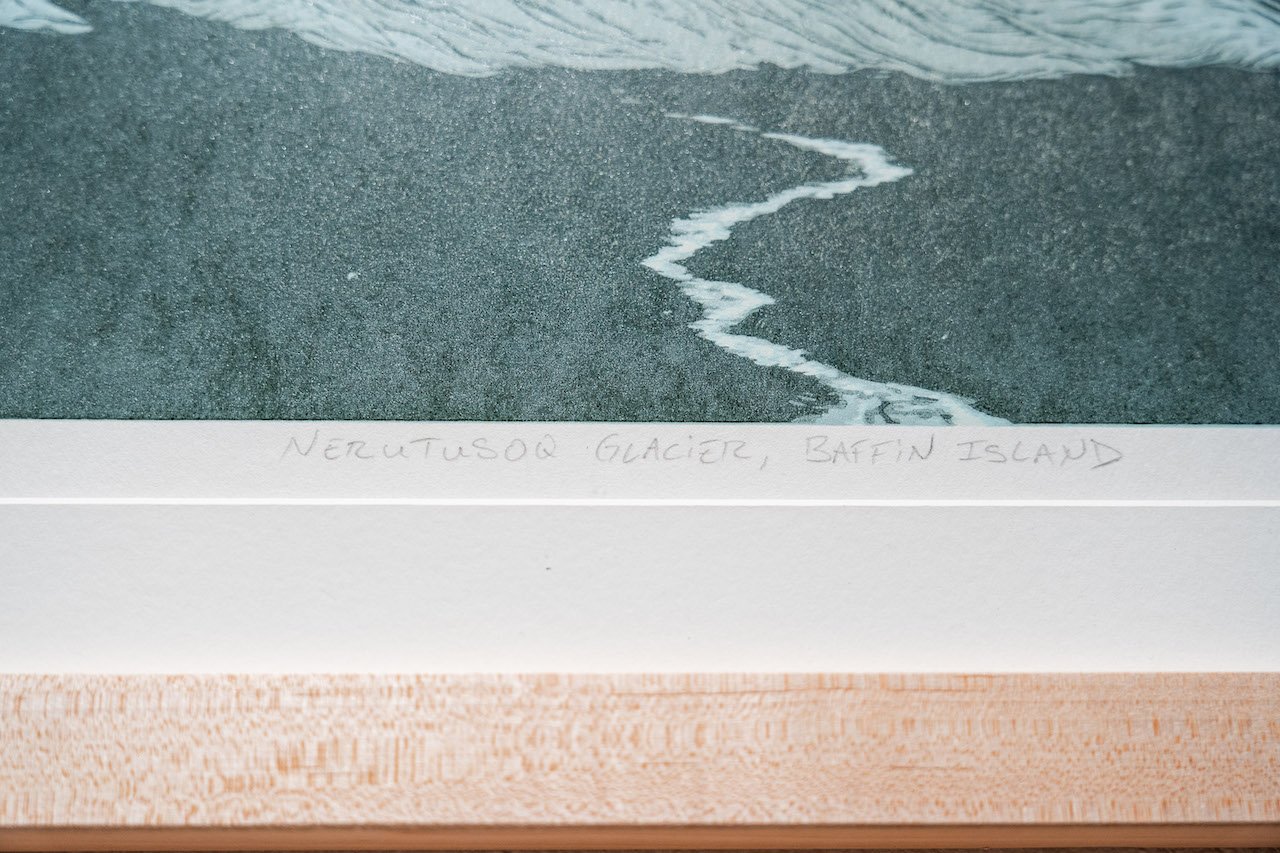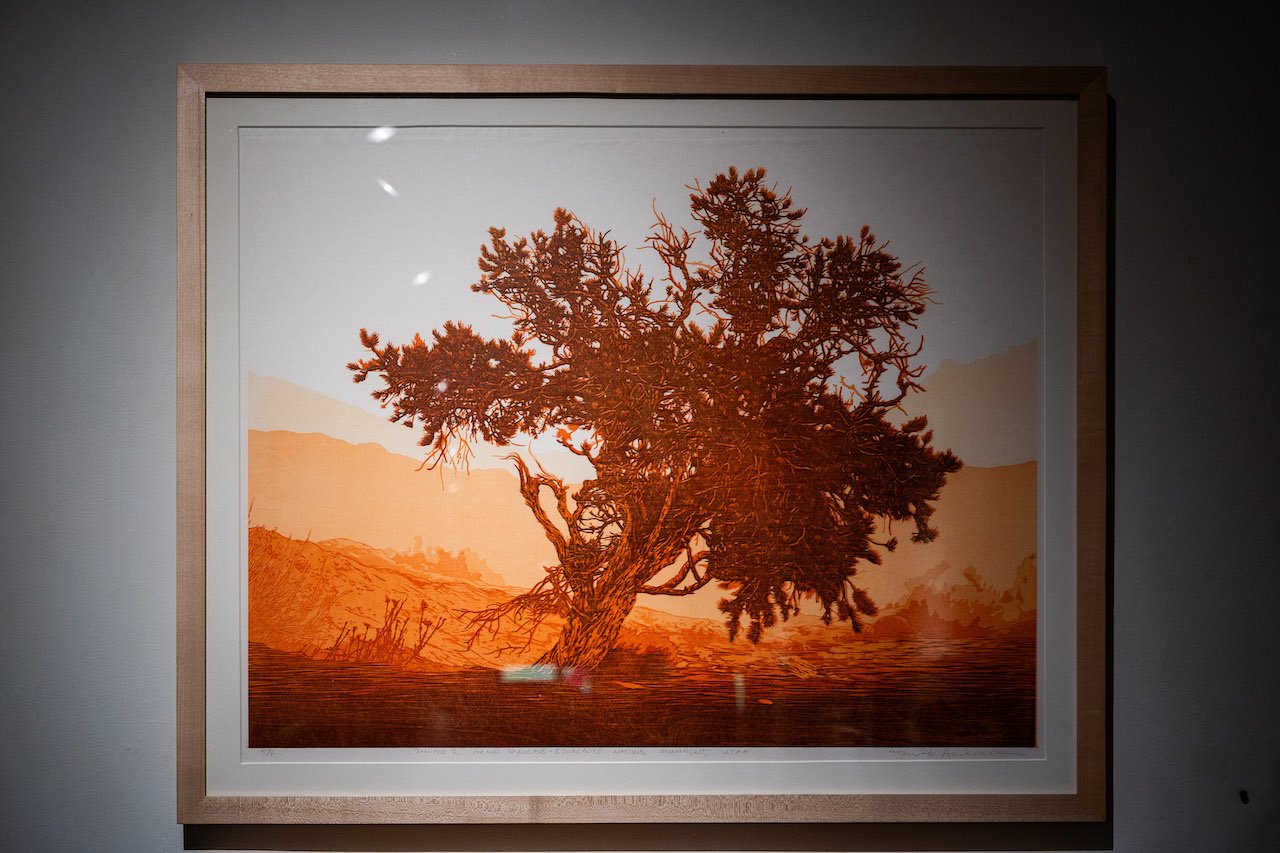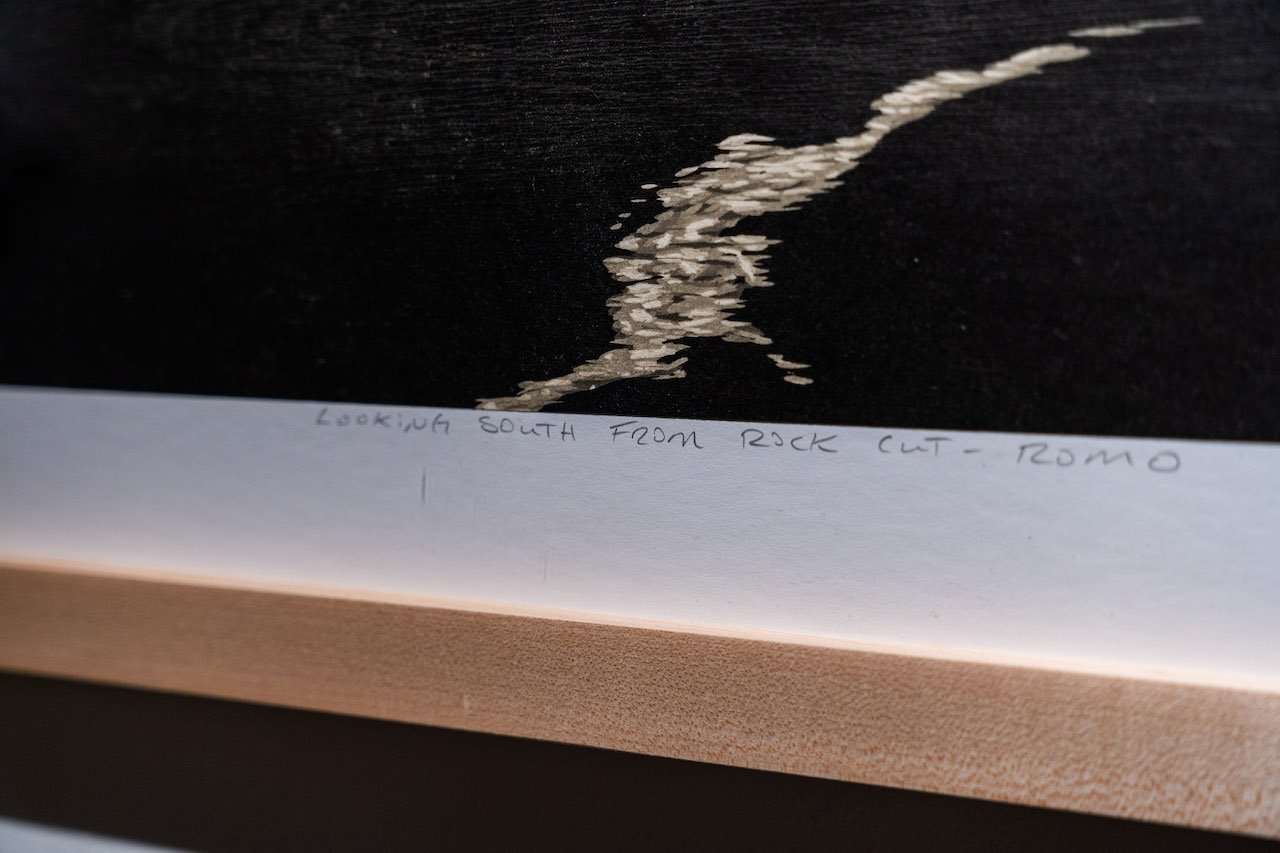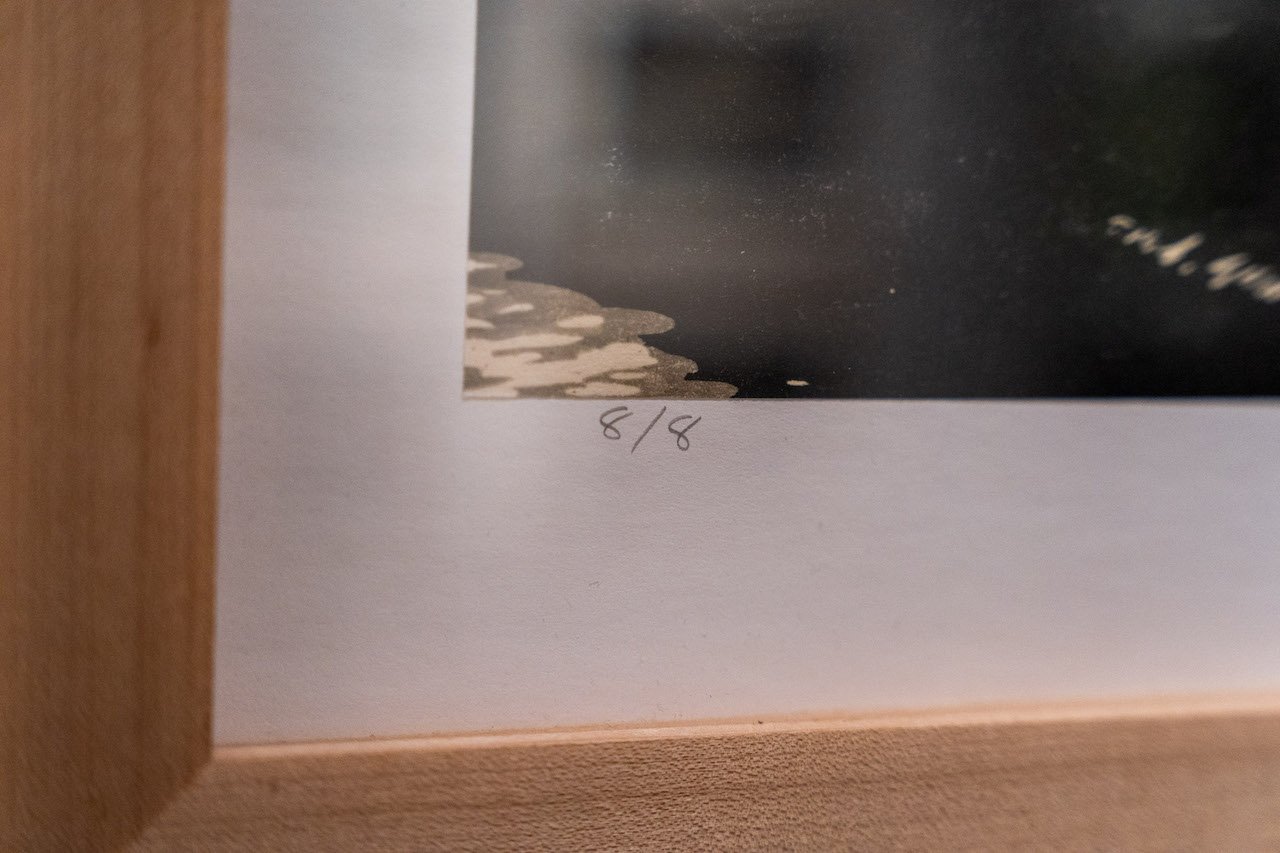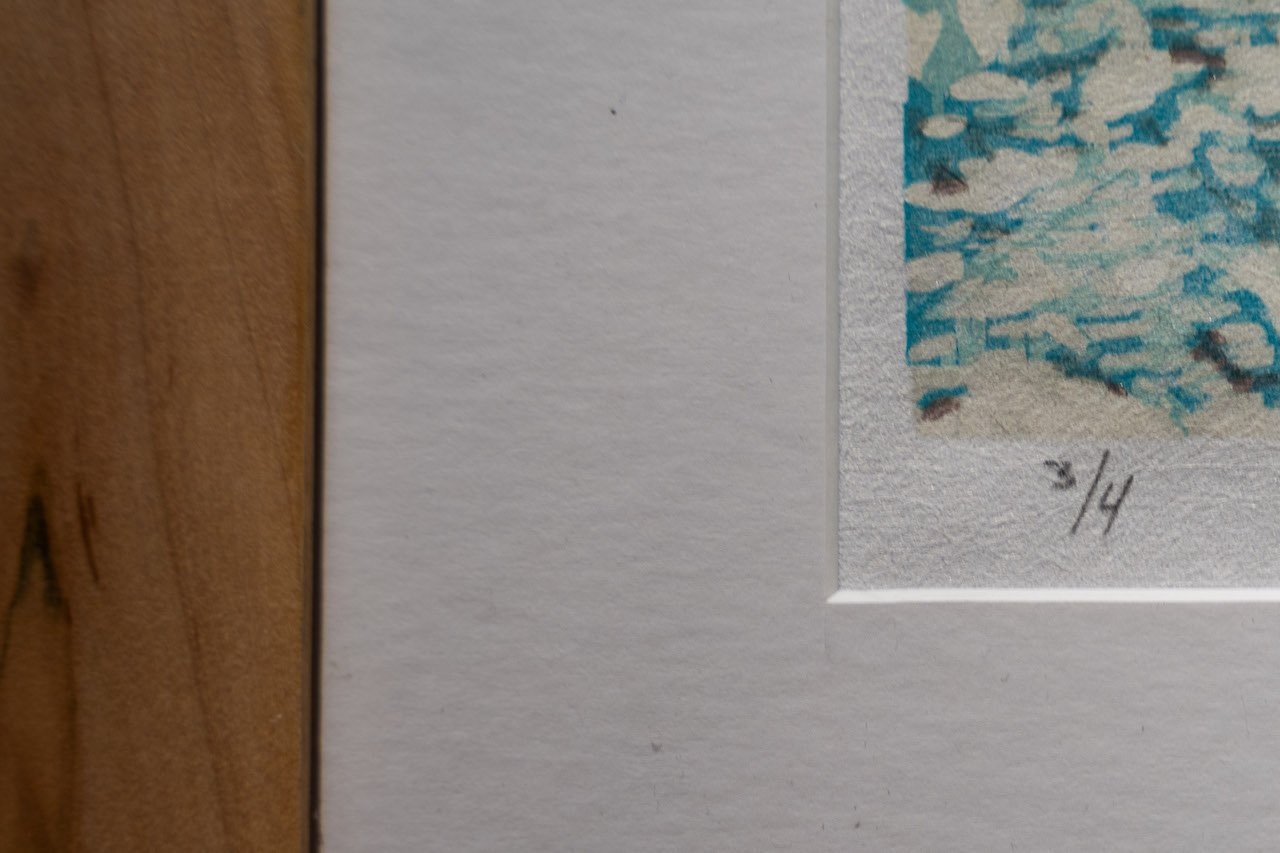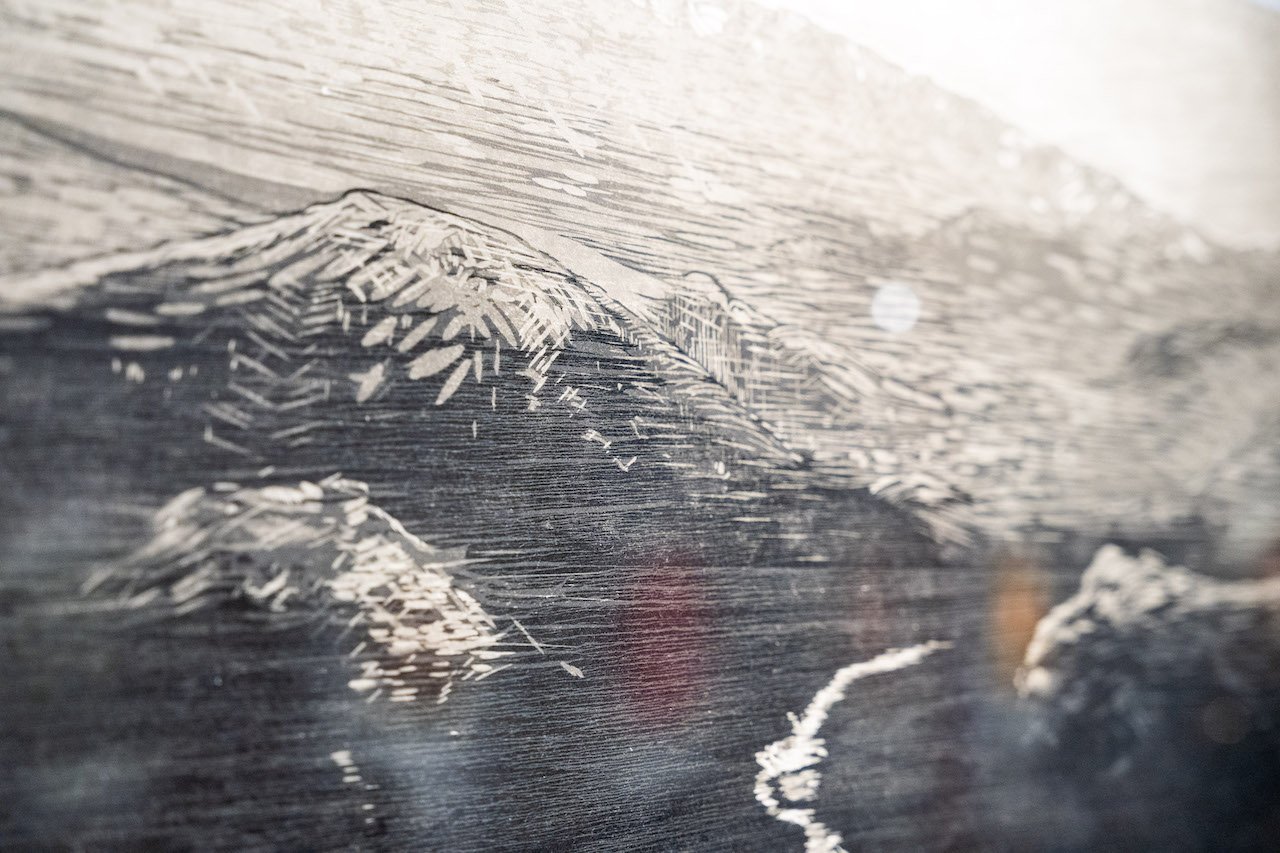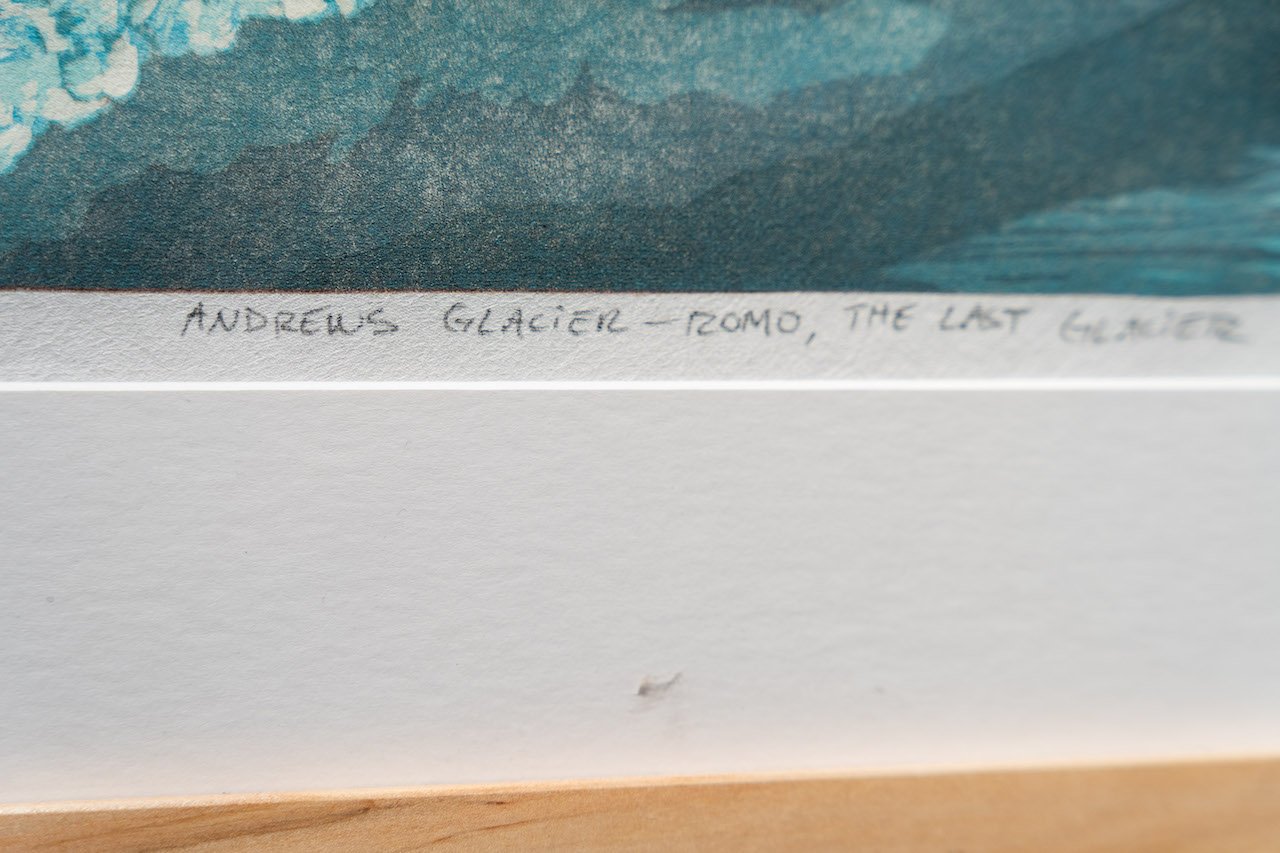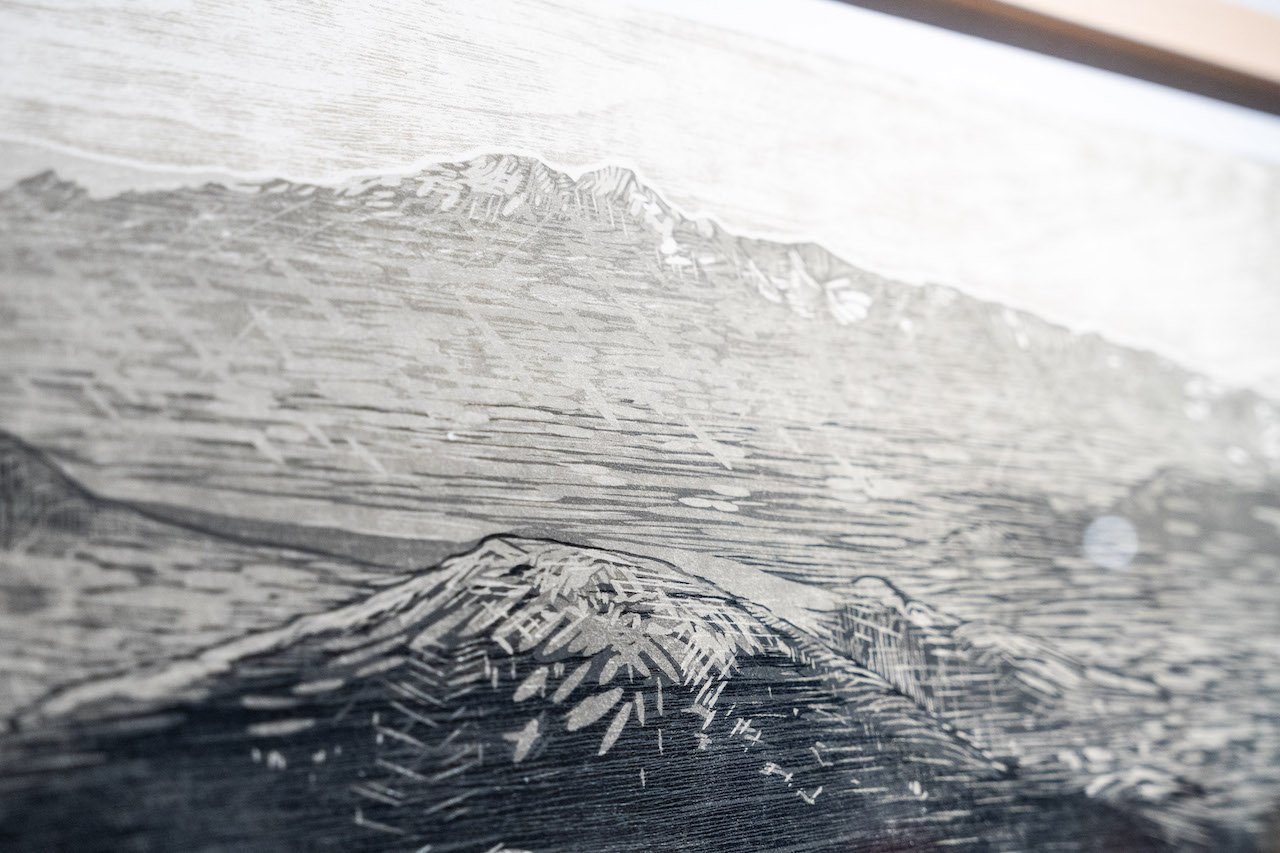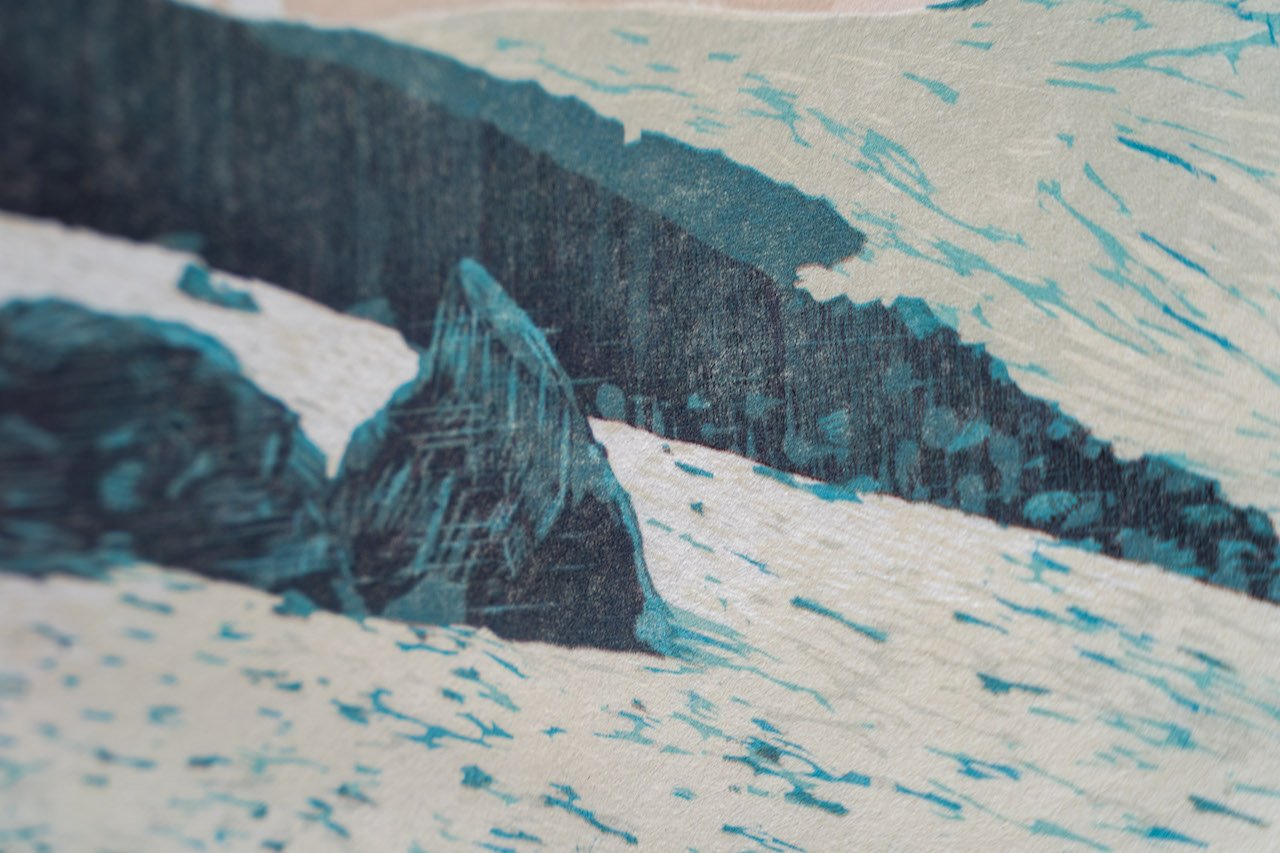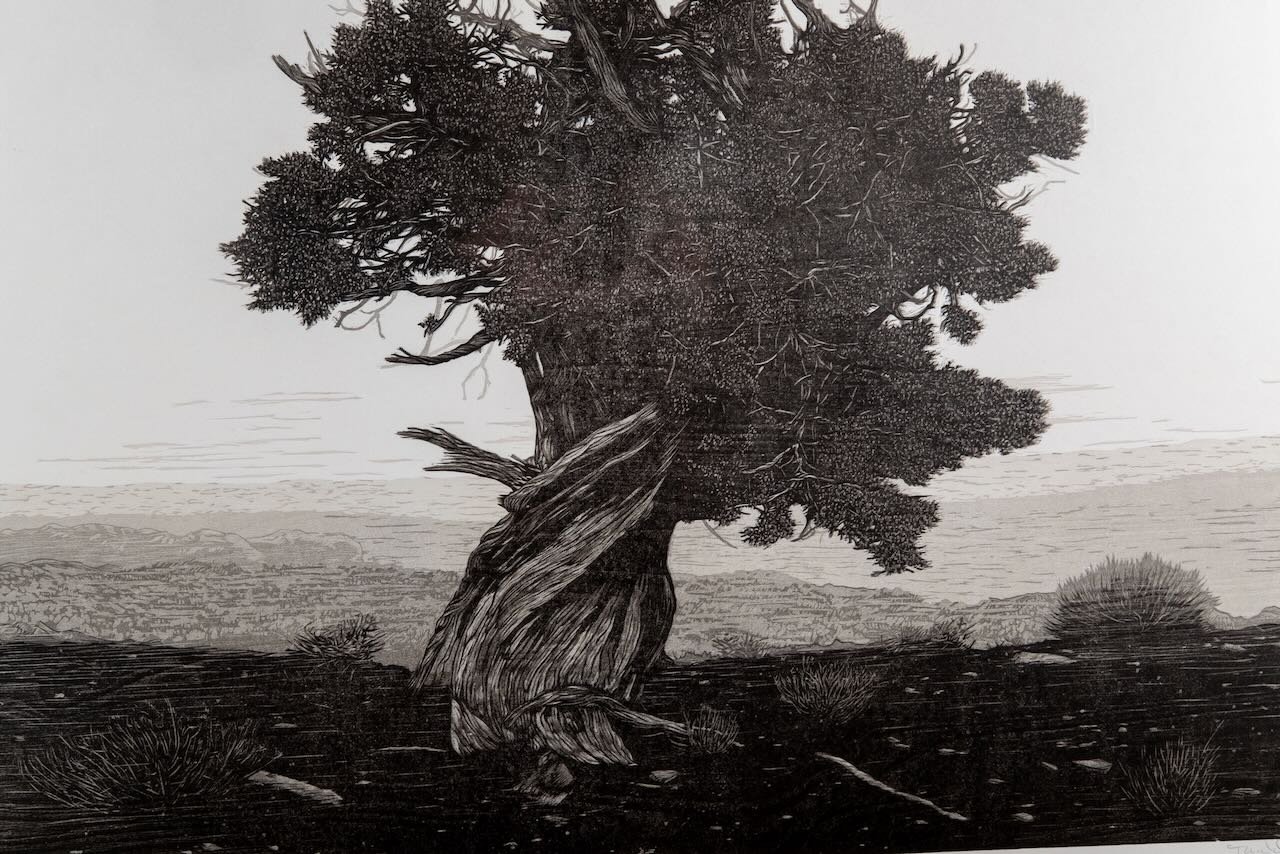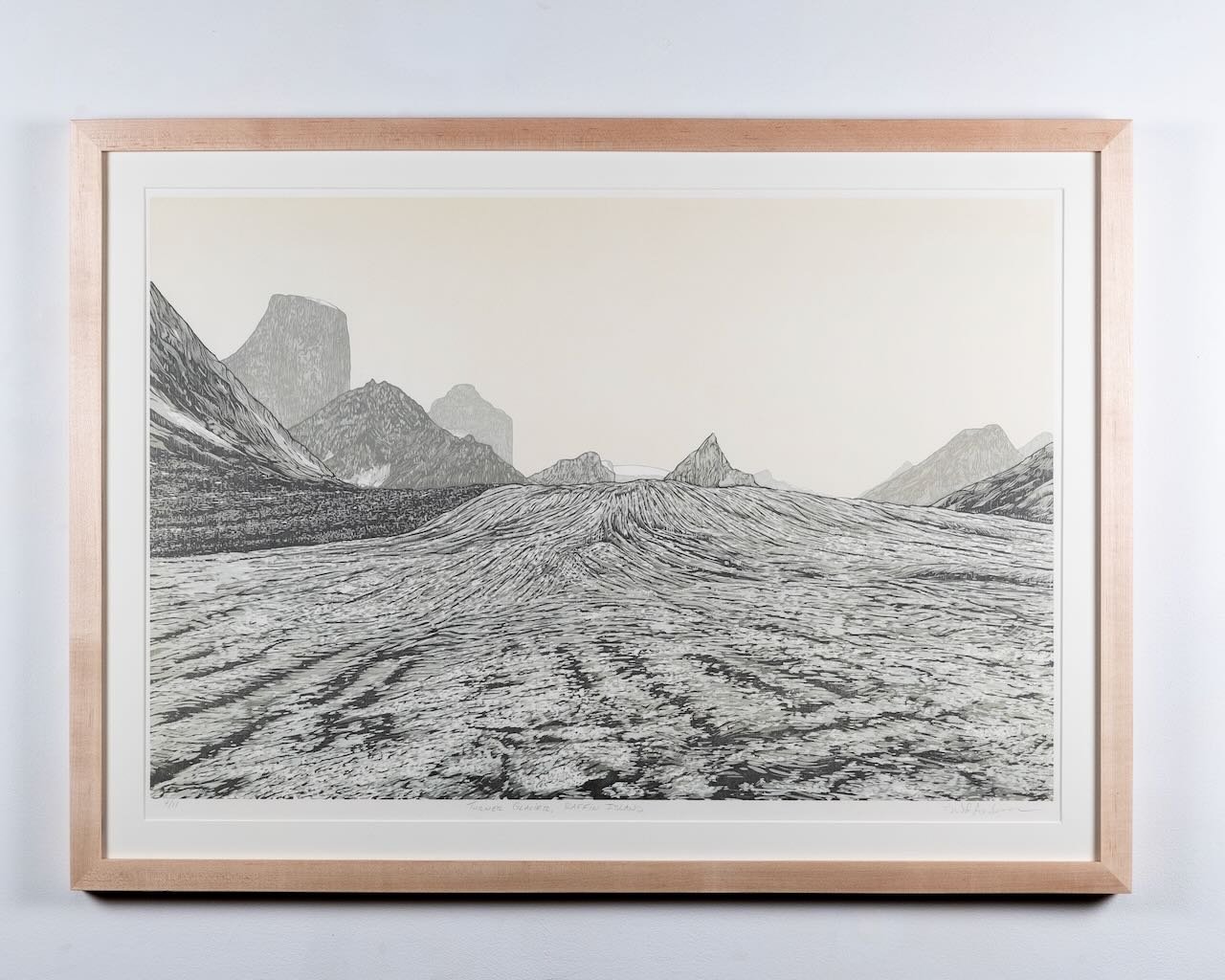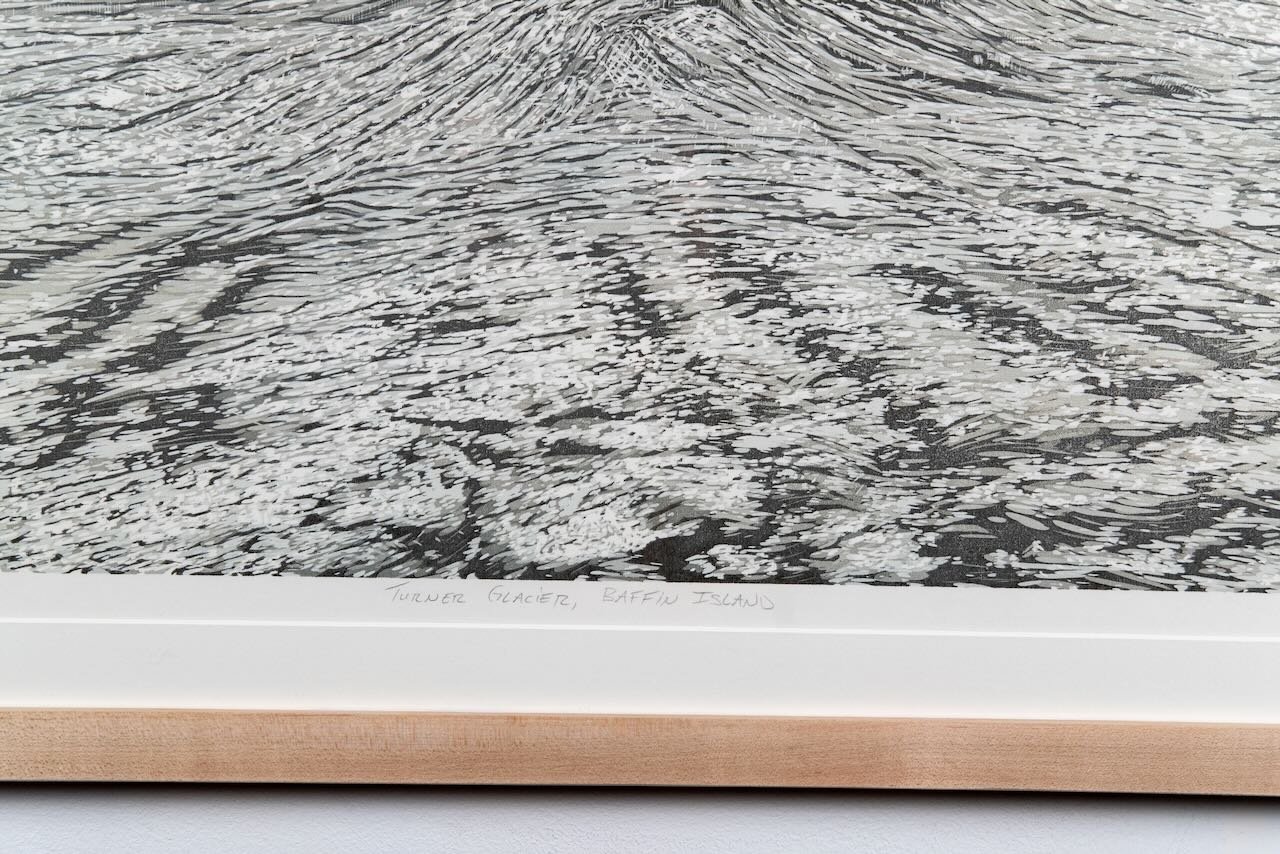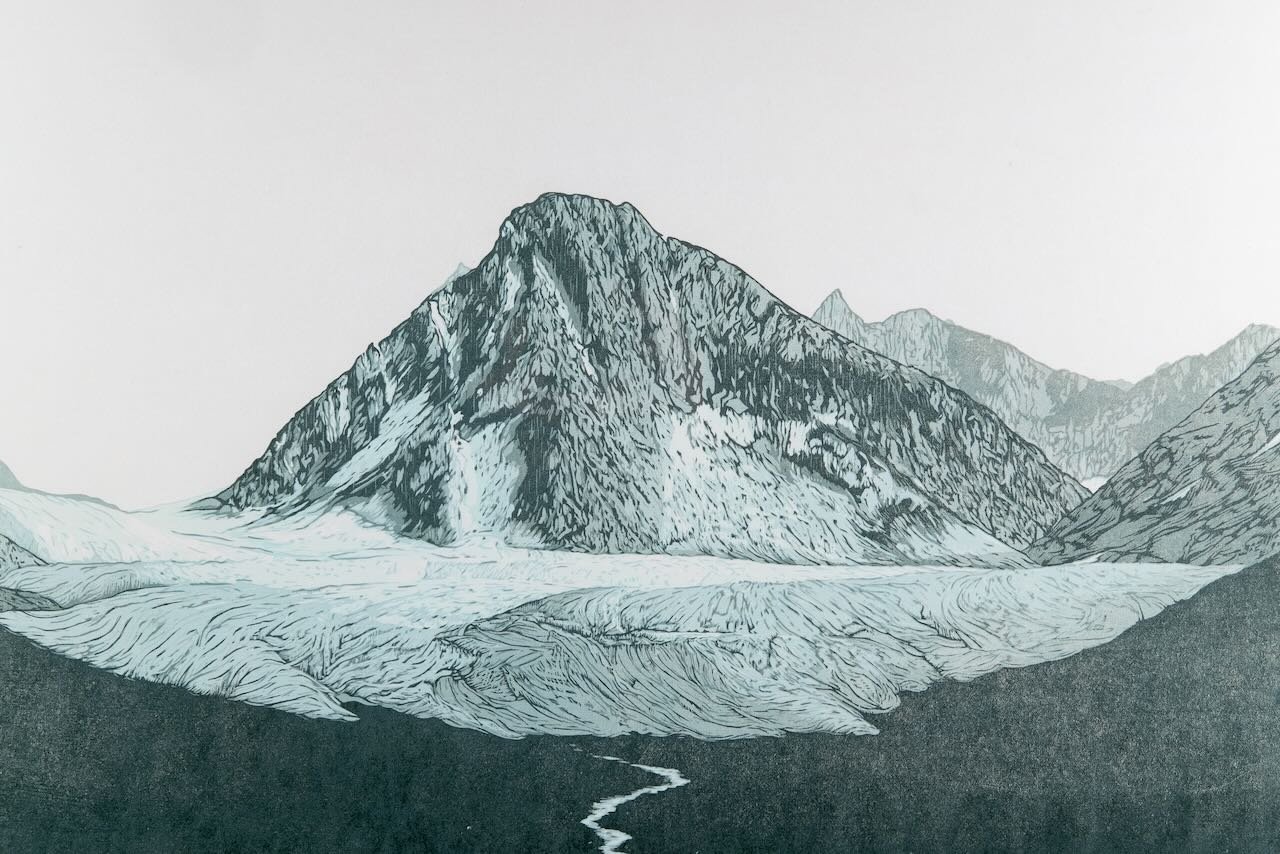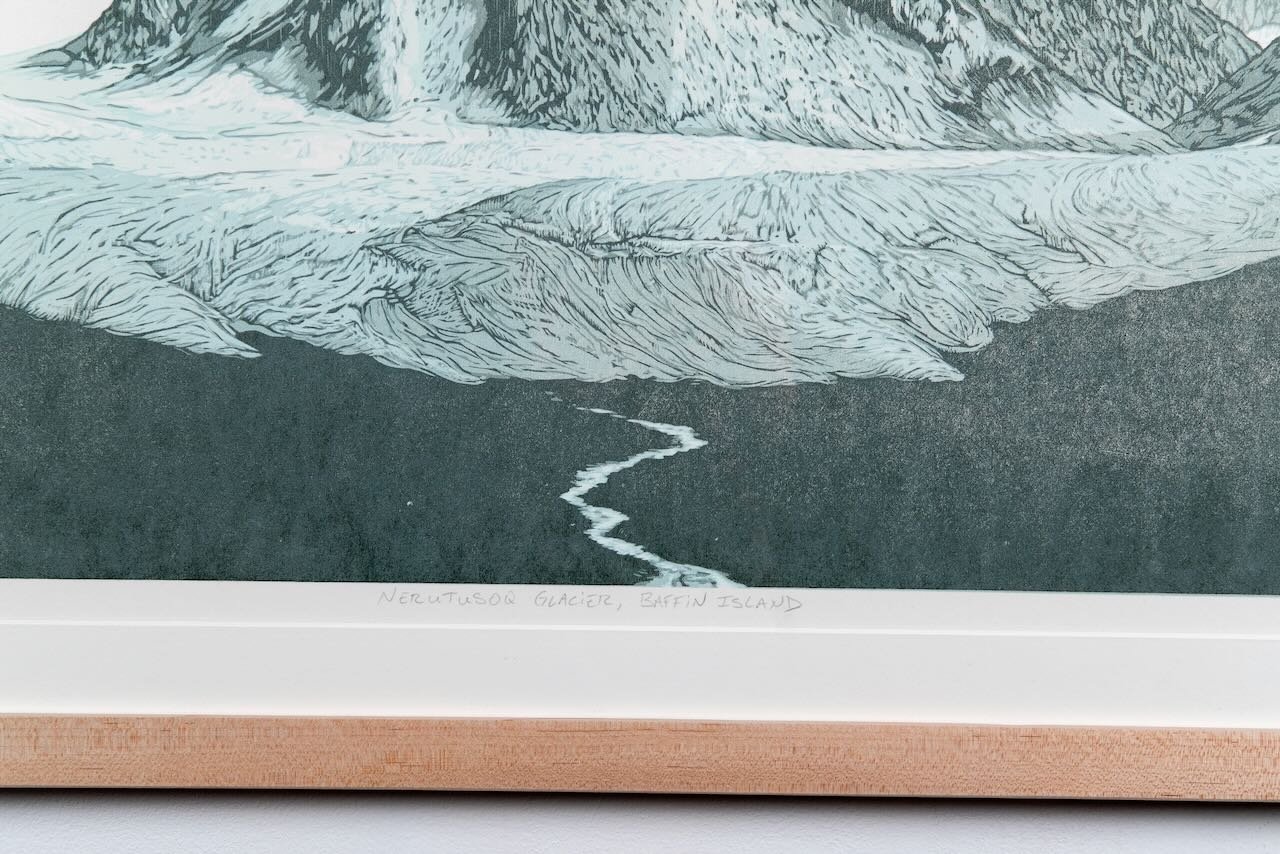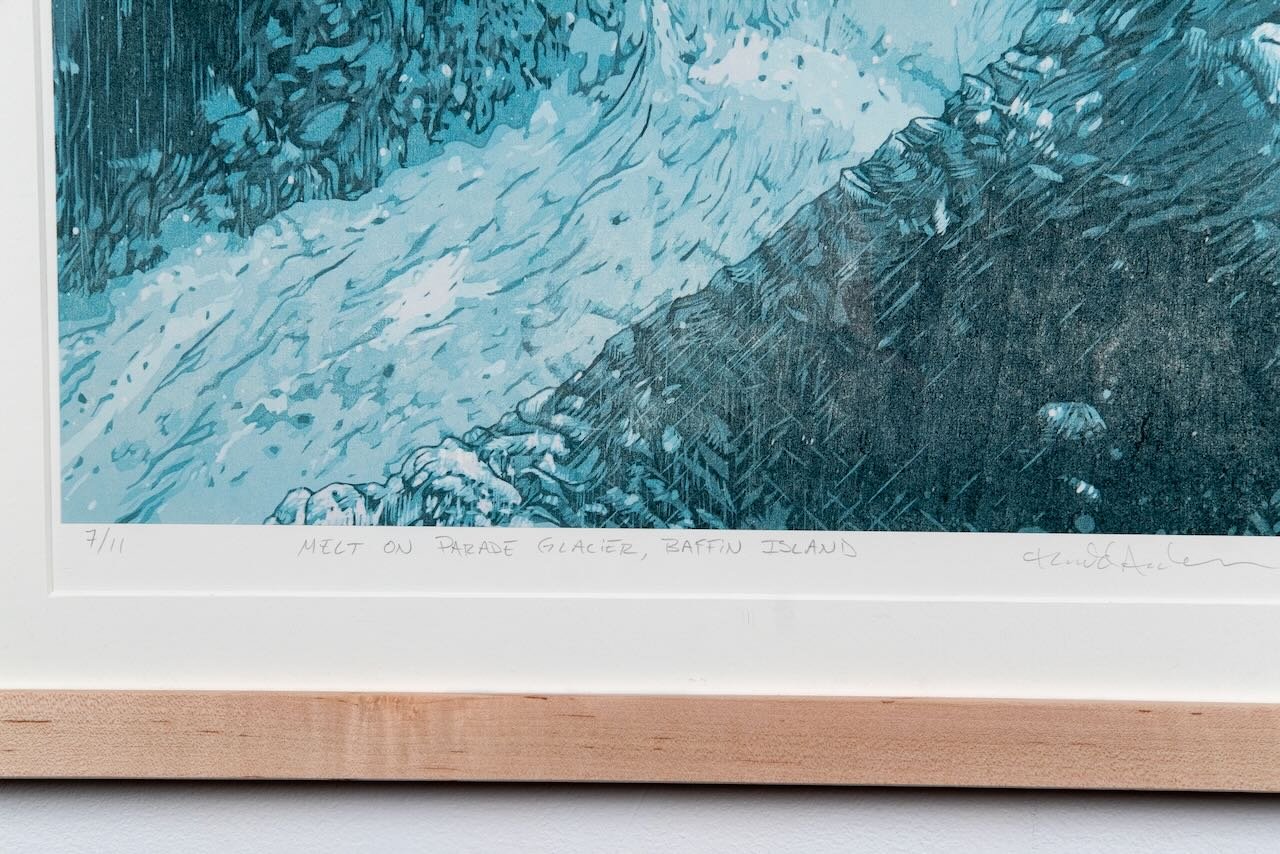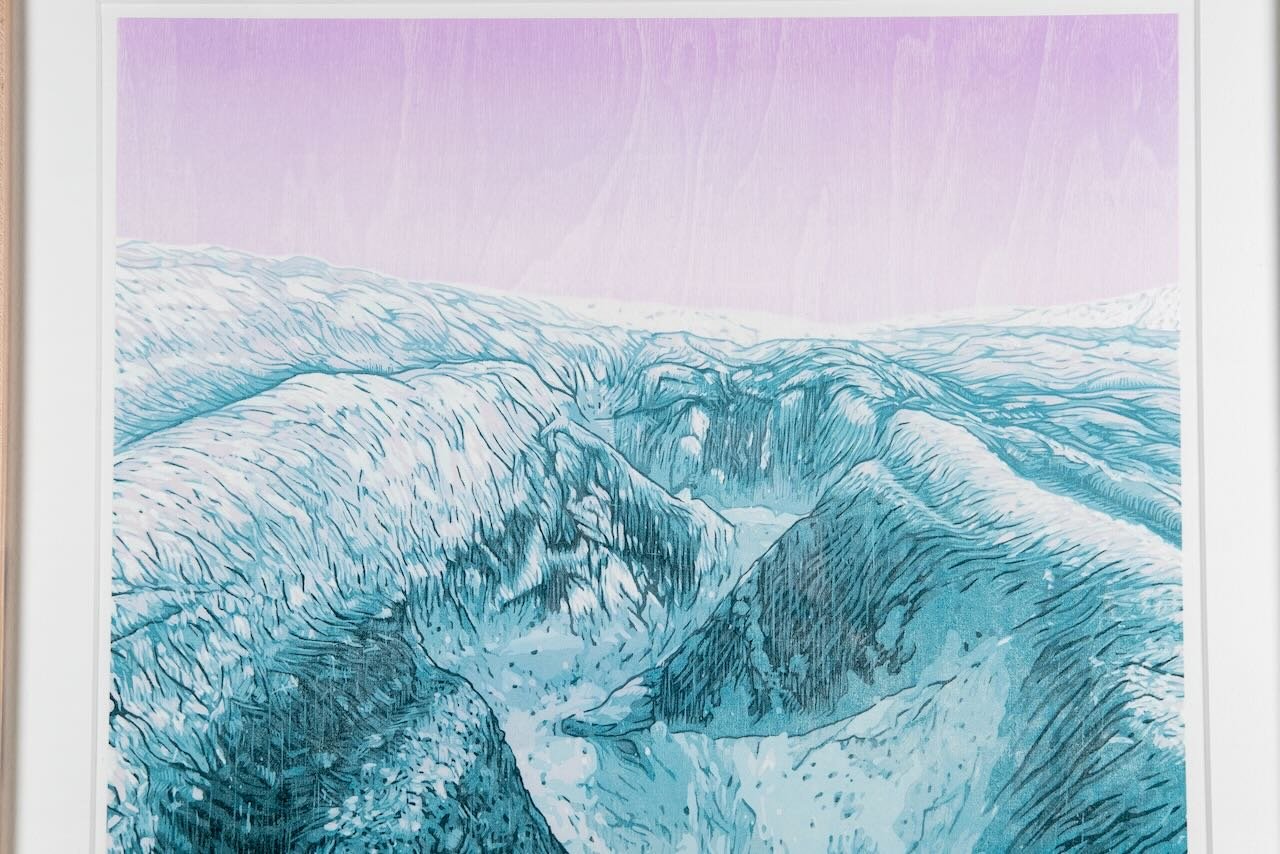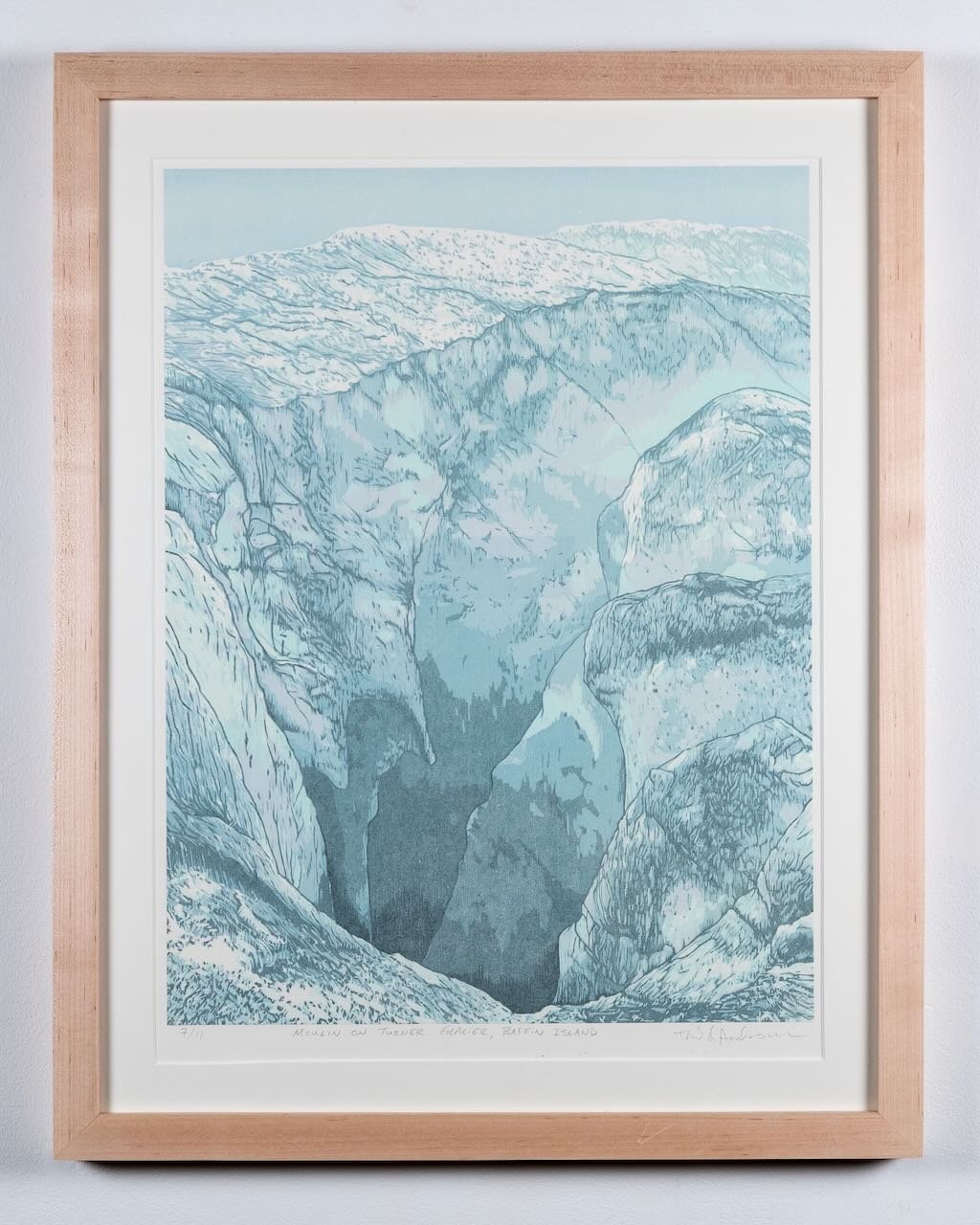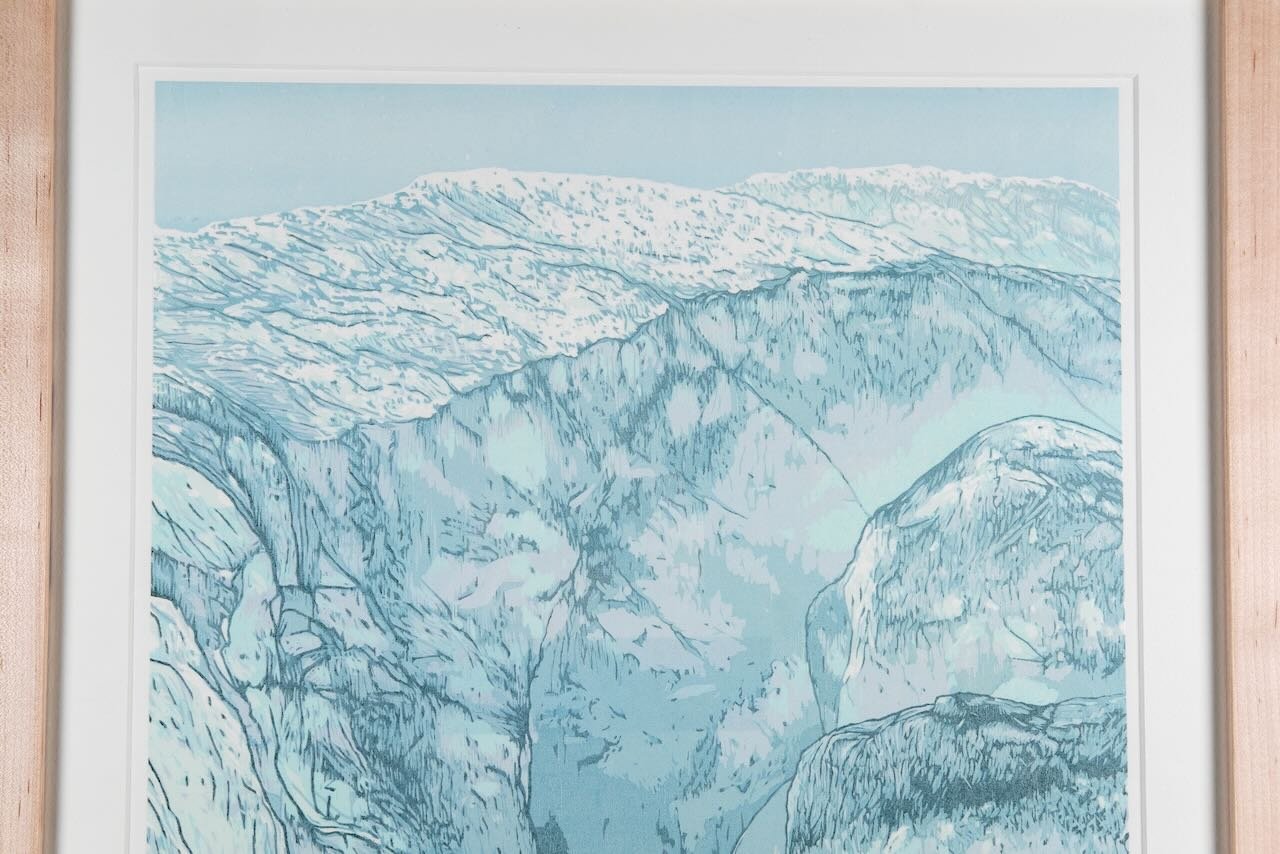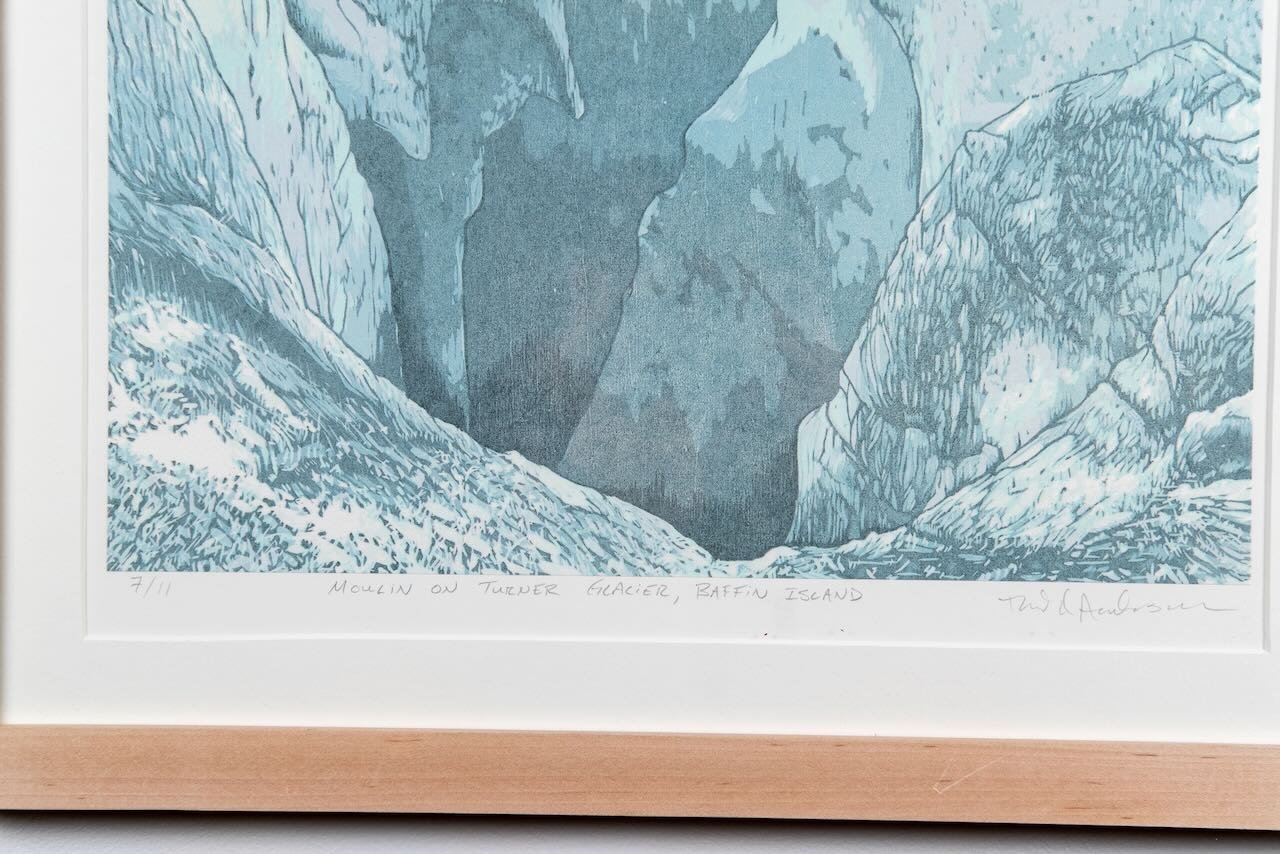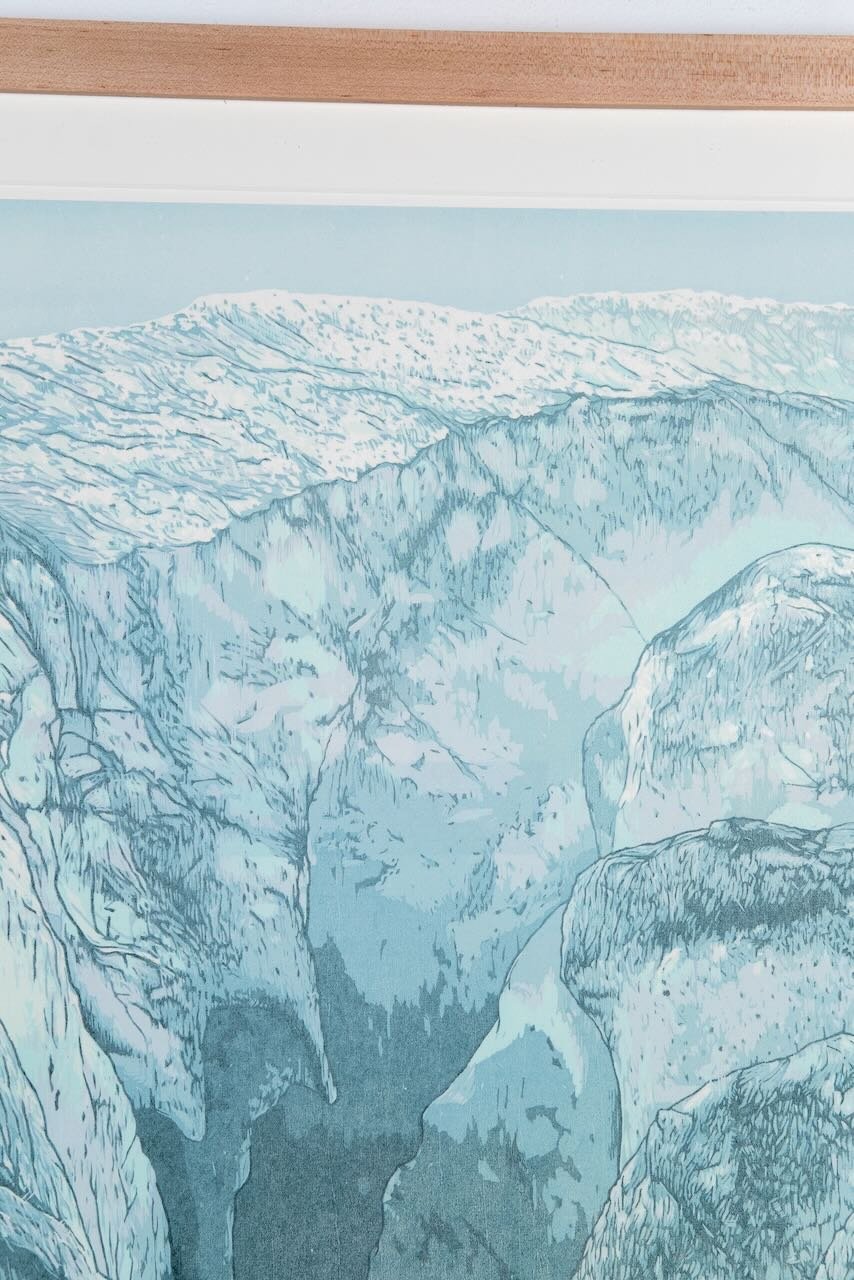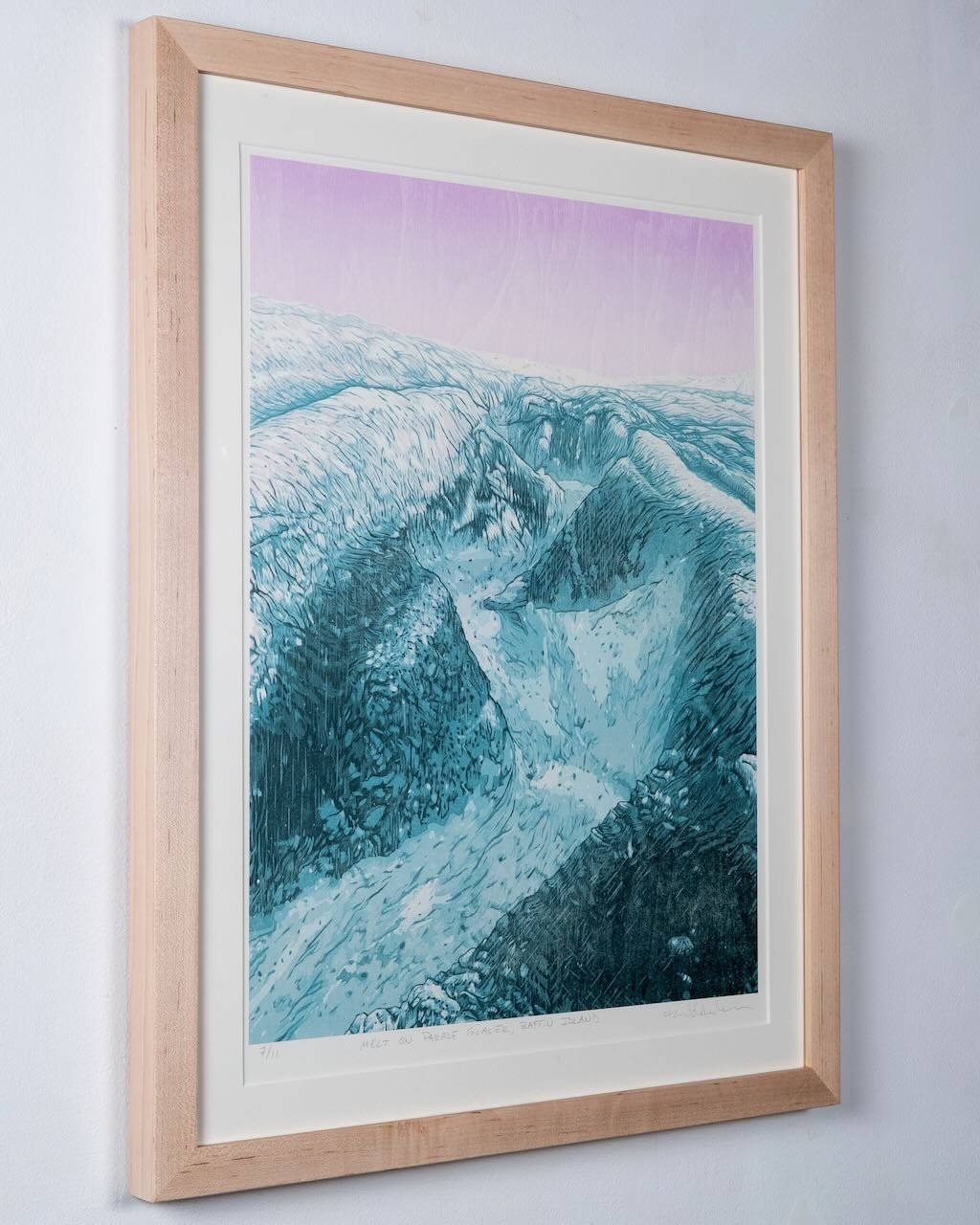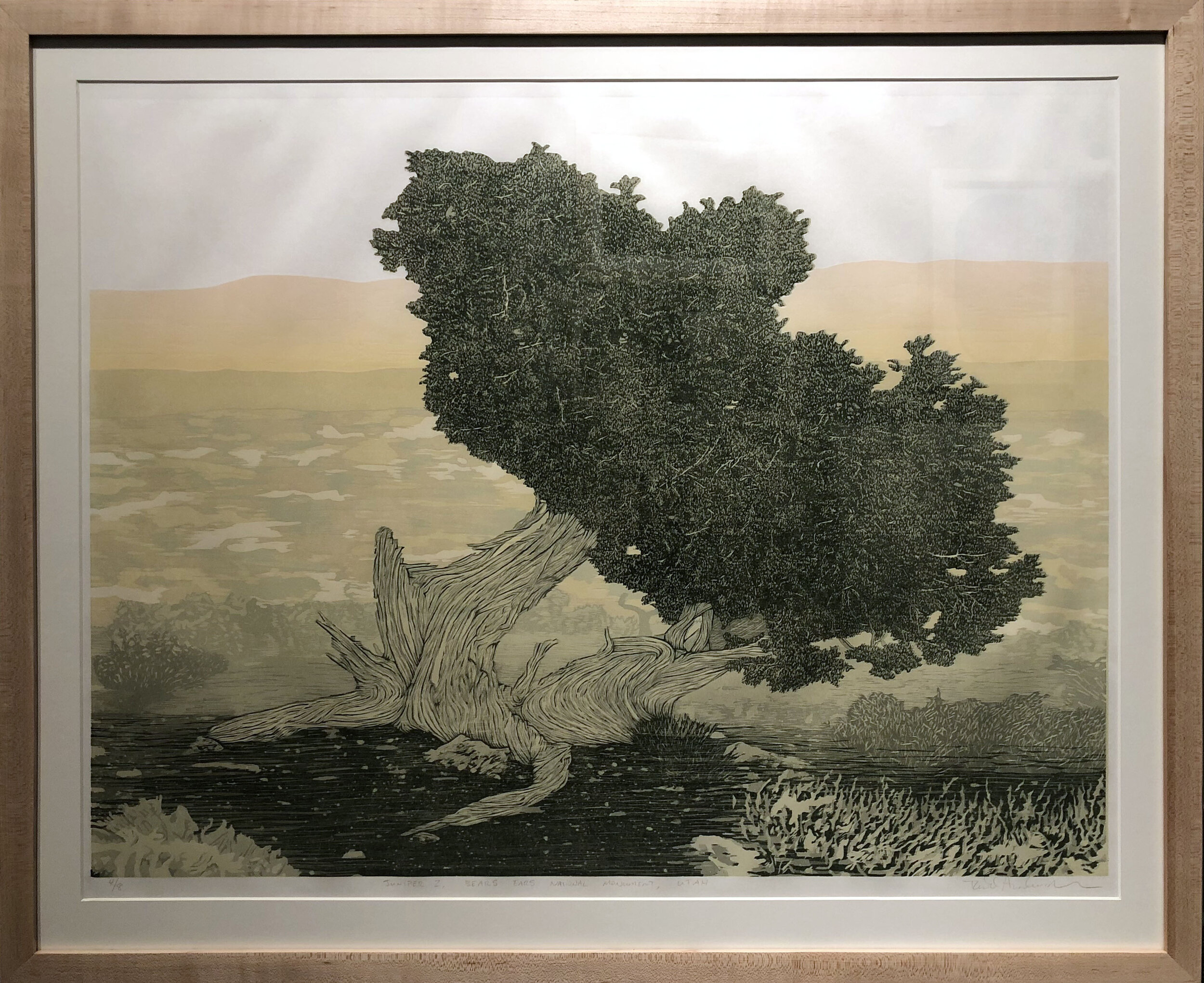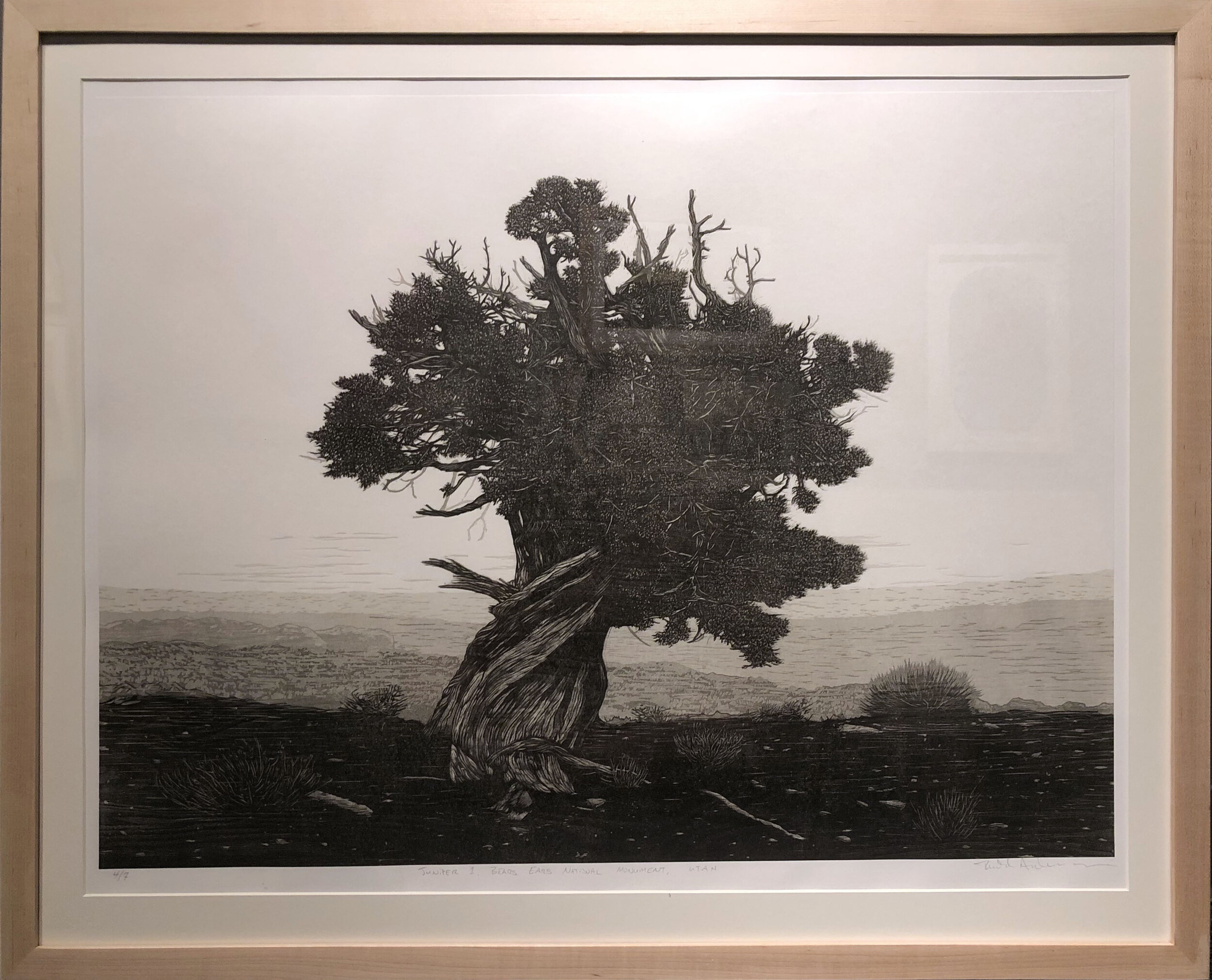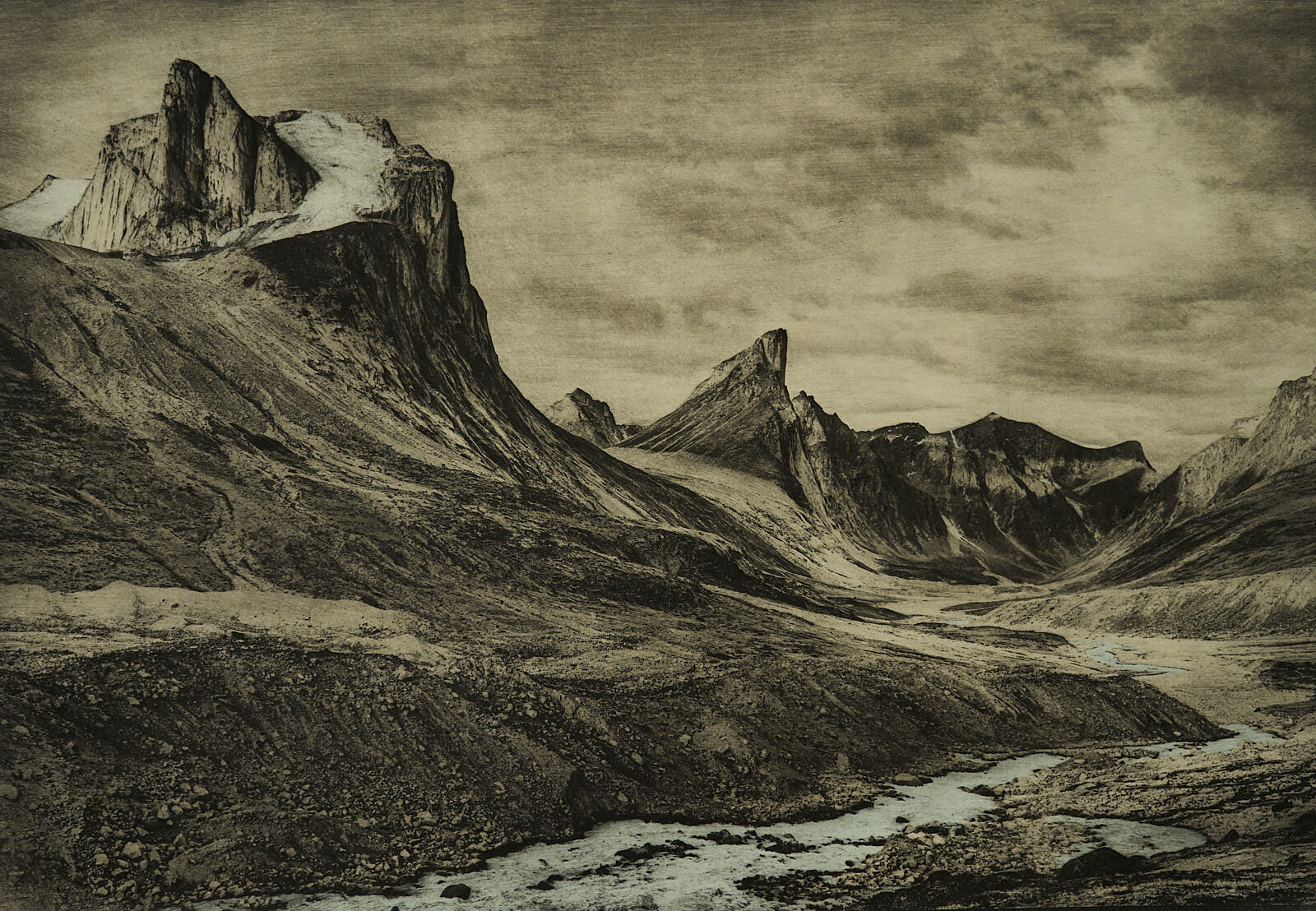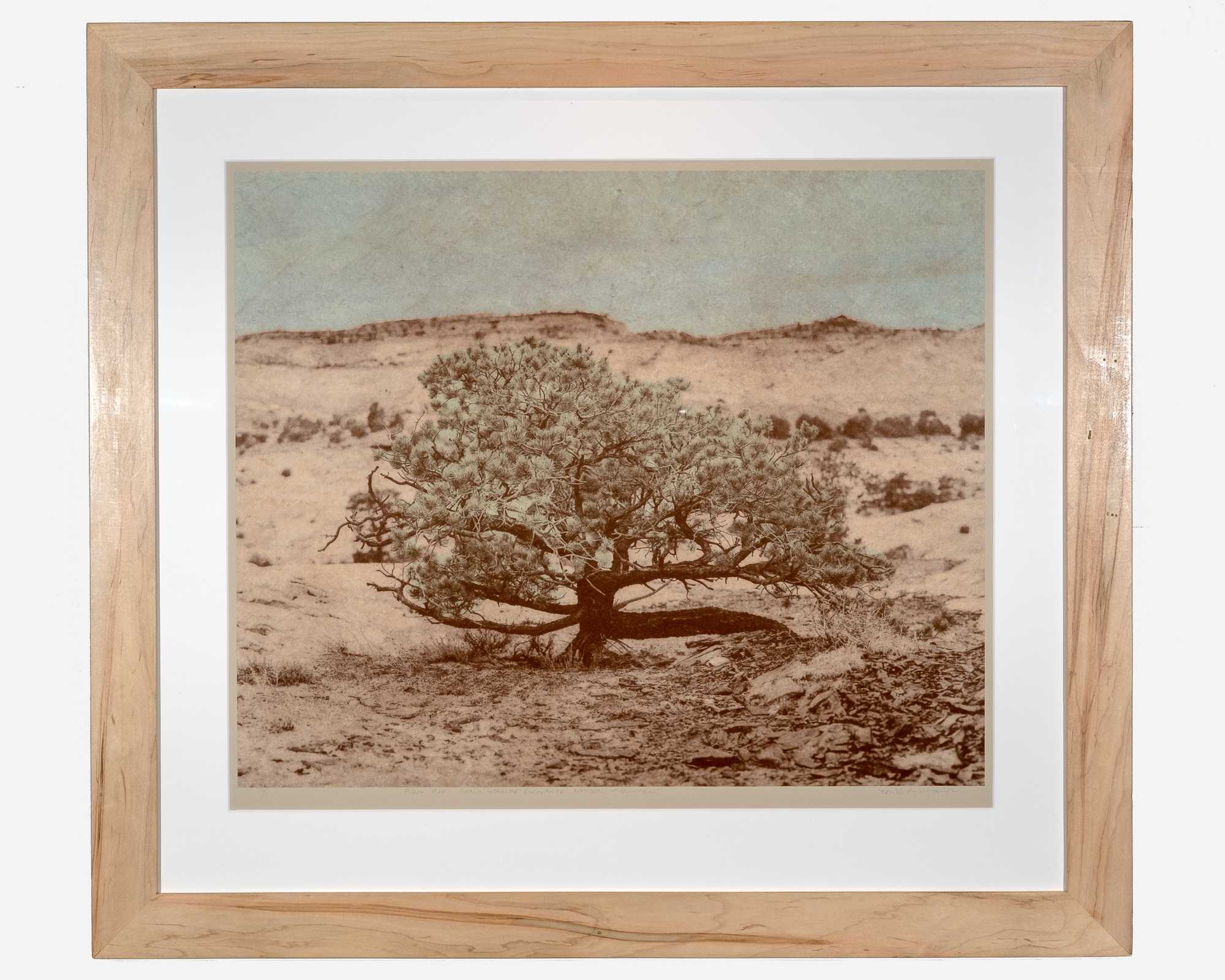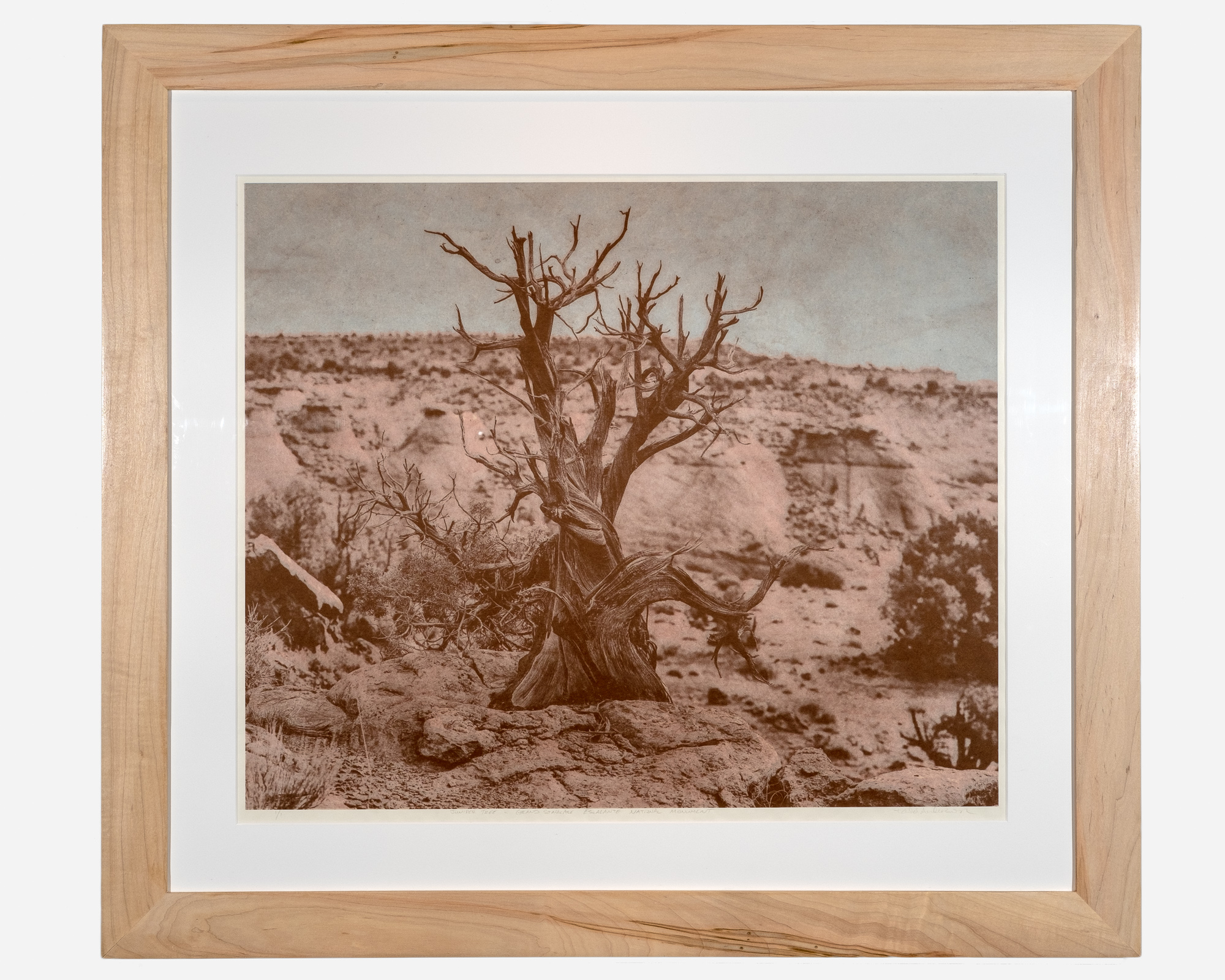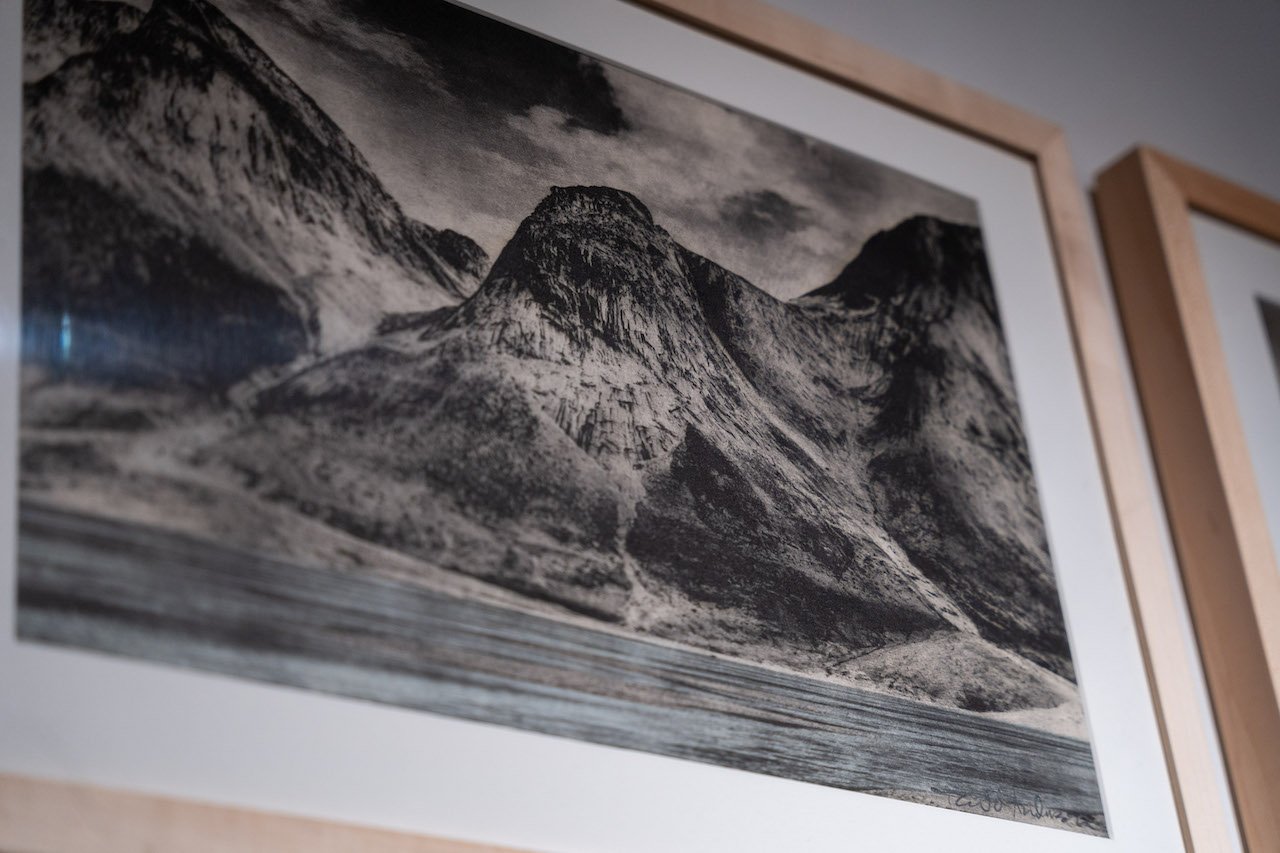The Last Glacier
For the last several years I have been creatively documenting the retreating glaciers of the Waterton-Glacier International Peace Park in Alberta, Canada, and Montana, United States. There were over 150 glaciers in the park when it was inaugurated in 1910. Today, less than 25 glaciers remain. Owing to the effects of human-induced climate change the park’s glaciers are rapidly retreating and expected to completely cease to exist by 2020.
While the ramifications of their loss are being scientifically investigated my project seeks to document the glaciers through a purely creative lens. Artwork can transcend the realms of analytics and commercialism and generate meaningful dialogues with a broad audience. It is hoped that The Last Glacier project will serve as a historical record of this momentous time of change within the park while offering unique insights into the larger issue of climate change.The Last Glacier project has entailed travelling to the park on an annual basis for the last four years. I have logged over 500 miles on and off trail hiking to the individual glaciers to sketch, watercolor and/or photograph them. This fieldwork has then served as the basis for the creation of original fine art reductive woodblock prints. Beyond its organic language, the woodcut medium is additionally apt for my needs as the carving away and reduction of a woodblock mirrors the ongoing state of the glaciers themselves.
The hills are shadows, and they flow
From form to form, and nothing stands;
They melt like mist, the solid lands,
Like clouds they shape themselves and go.
But in my spirit will I dwell,
And dream my dream, and hold it true;
For tho’ my lips may breathe adieu,
I cannot think the thing farewell.
“In Memoriam,” Section 123
Alfred, Lord Tennyson, 1849
Tennyson’s elegy for stasis, “In Memoriam,” represents a reaction to the collapse of the Renaissance worldview that held man as the measure of all things. The advent of geology in the late seventeenth century expanded our understanding of the natural world by introducing time as a fourth dimension and with it the ongoing erosion and building of landscape. Through this new perspective of geology, terra firma became terra mobilis. When viewing the natural world, we not only experience the emotive magnitude of a given place, but also intellectually imagine the possible past and future of landscape.I spent the formative years of my life rock climbing and continue to do so today. I find the simple act of moving over stone and up mountains informative and fulfilling. For me, climbing is transcendent in that, at the best of moments, I feel like my body is one with rock and that I am riding the terra mobilis that Tennyson alludes to. My artwork is a visual extension of my relationship with the natural world. Artworks from the series The Nearest Faraway Place were created to express the grandeur and mutability of landscape. Drawn with needles and the aid of a magnifier, these works offer extreme amounts of detail that seek to portray the complexity and dynamics of the natural world.


